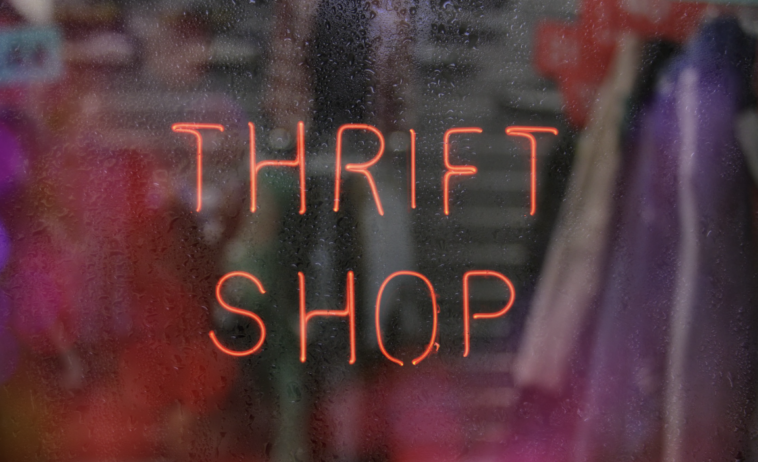Thrifting has quickly become a favorite pastime. In fact, the second-hand market is growing to become twice the size of fast fashion retail by 2030. Why? It’s (usually) cheaper and you can find great stuff! And the biggest draw for many — it’s not fast fashion.
In the past, showing hauls from fast fashion brands like Zara and Shien was all the rage on social media. But now, that has been replaced with hauls from thrift stores. This has led to a debate as to how environmentally friendly thrifting actually is.
Thrifting Isn’t As Great As We might think
So yes, thrifting is better for the environment than fast fashion. 18.6 million tons of clothes are incinerated or sent to landfills every year. Second-hand clothing reduces waste. Additionally, the production of garments is a major pollutant. The fashion industry is accountable for between 8%-10% of all emissions.
But that’s not the entire picture. The second-hand clothing industry isn’t always transparent. Lots of thrift stores and charity stores aren’t transparent about where they source items from (or the wages they’re paying their staff.)
And in the same vein, they often hide their long supply chains. According to new research, only 20% of donated clothes are actually resold. The rest are often thrown in the trash, contributing to waste, or are donated to far way countries contributing to more carbon emissions. All in all, it’s not always the environmentally friendly option most of us think it is.
However, by far, the biggest problem of thrifting is that it still encourages overconsumption. Instead of fast fashion hauls, people are creating thrift hauls, often with clothes that they don’t need.
What are the alternatives?
Buying clothing second-hand is better for the environment than buying new. At the end of the day, donating or recycling your clothing is better than throwing it in the trash. But ultimately, keeping your consumption in check is key.
If you want to be more sustainable, here are some tips:
Repairing and Altering
Many people will throw away or donate clothes when a button detaches, a stitch snaps, or a zipper breaks. According to the experts, mending items is a far more sustainable option.
Look At The Material
Make sure you look at the materials that the items you purchase are made of. Buying clothes that are made from sustainable fabrics or with materials that last longer is a win. Both of these options can be a bit pricey, but if they last, feel great, and impact the environment positively, it’s an investment worth making.
Wear The Clothes You Have
This may seem obvious but it’s the truth: the trend lifecycle is dramatically shorter than it once was. But you don’t always have to follow the trends. Use your own closet — that you already have invested money in — to create timeless outfits you’ll love forever.



